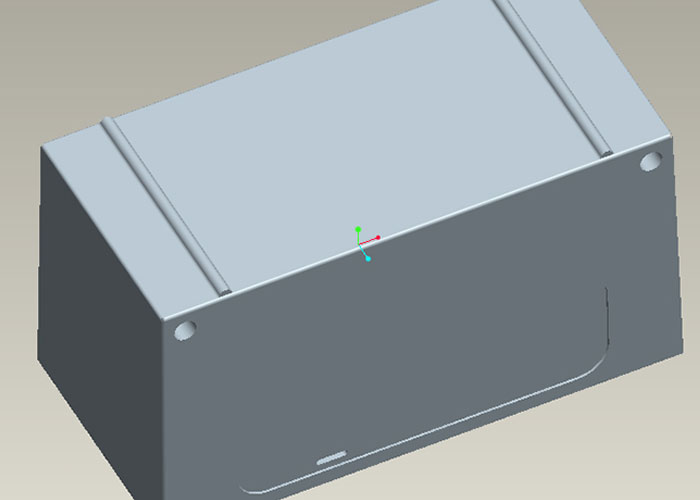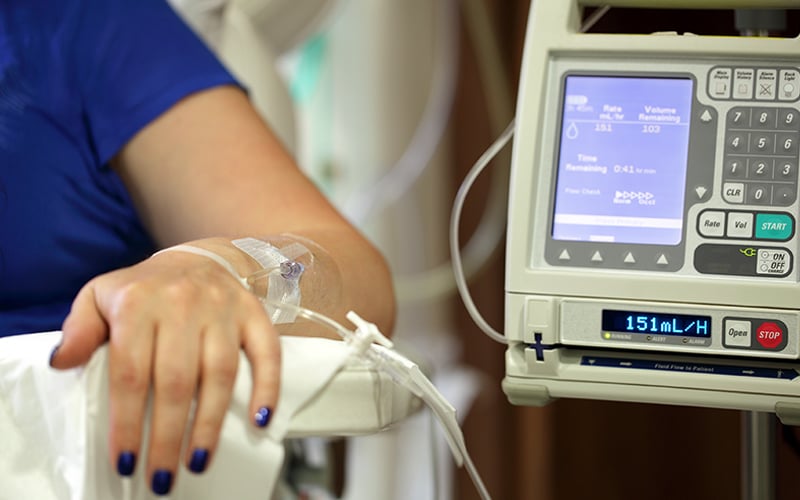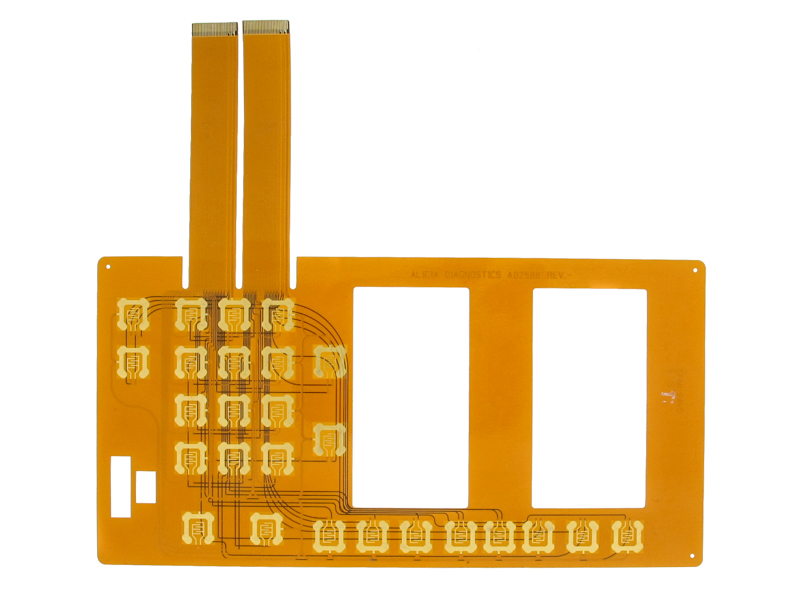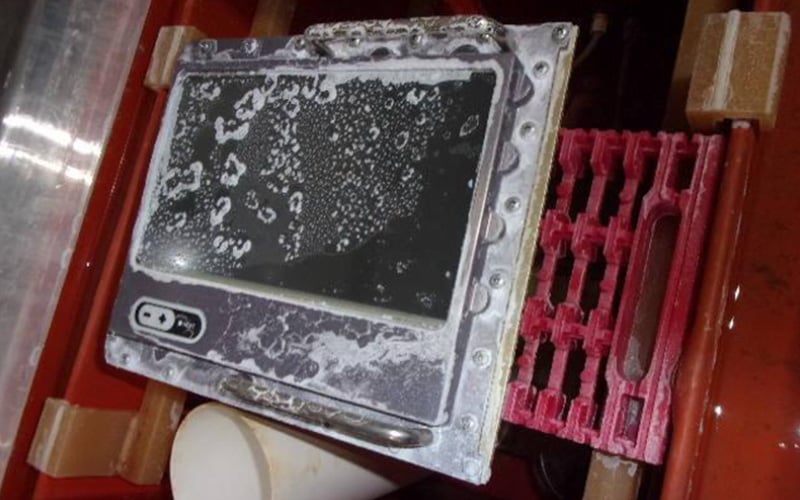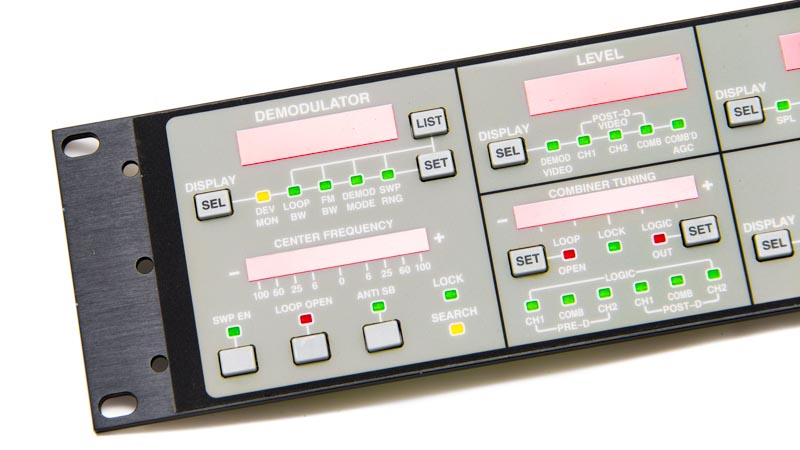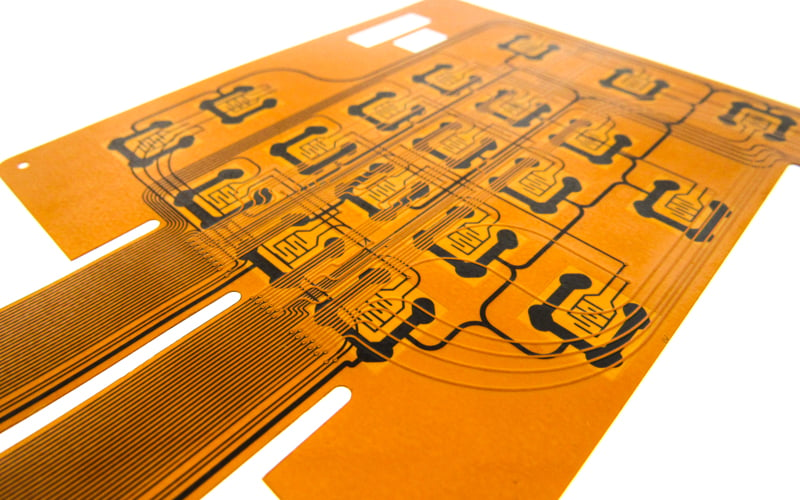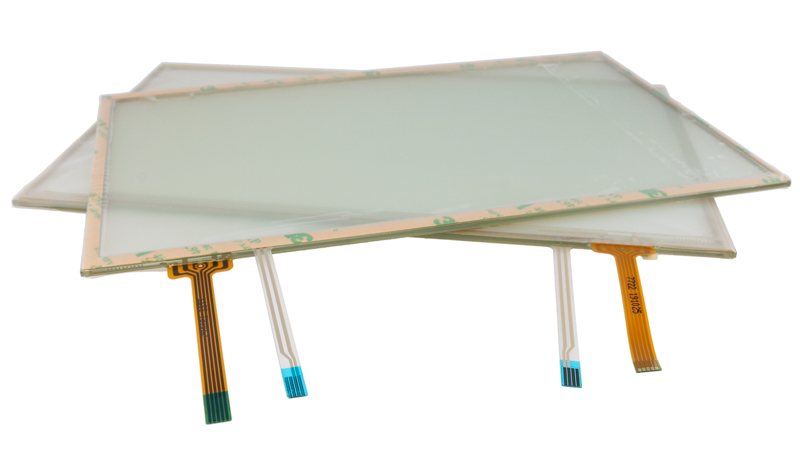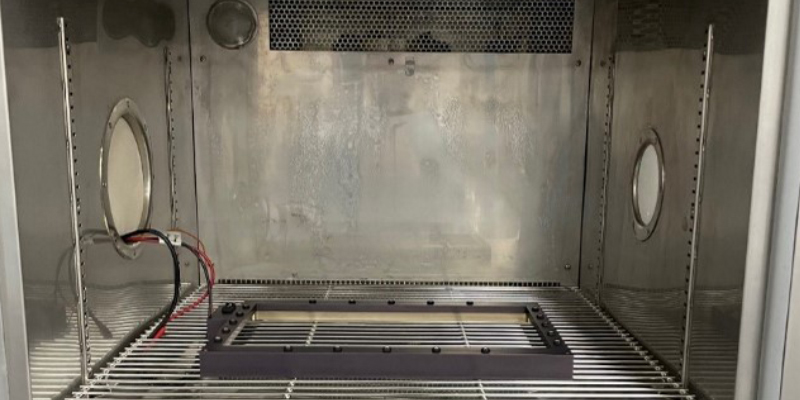When bringing a new project to market that involves an injection molded enclosure, there will be critical design and sourcing decisions that can have a tremendous impact on the overall project.
Designing medical devices is no simple task. The stakes are higher for these devices compared to most other industries. Because of that, medical device engineers need to think carefully about which design elements should be prioritized.
A membrane switch is a particular type of custom switch assembly built to either open or close an electrical circuit's conducting path. Each layer in the assembly serves its own unique purpose. Custom features can easily be added with the design considerations.
Sodium chloride, which is otherwise known as NaCl, table salt, or sea salt, is an important mineral that has found its way into all aspects of our everyday lives. Salt can be both a good and a bad thing, and this largely depends on the situation.
One of the most critical design requirements for military and aerospace user interface devices is the ability to withstand high temperatures. Everything is relative, especially when it comes to what it means to be high-temperature resilient.
At the conclusion of our webinar, How to Properly Select LEDs for Your Keypad, we had several questions submitted to our presenter, Steven J. Goodman, User Interface and Cable Assembly Product Manager at Epec. We have compiled these questions into a readable format on our blog.
Silicone is one of the most common materials used for elastomeric technologies today. Silicone elastomer is utilized across numerous industries and applications, from o-rings to cable jacketing, to cookware, to even your child’s fidget toy, silicone elastomer is chosen for its exceptional mechanical properties and low reactivity.
Dome switches are a very popular solution for use as a momentary switch. They are a good solution that provides tactile feedback that the switch has been depressed and an event registered. Many applications require a dome switch mounted to a flexible circuit board.
Touchscreens are everywhere. From the coffee maker in the breakroom to the smartwatch on your child’s wrist to the in-flight entertainment system on your commuter flight, touchscreen technologies are a part of our everyday lives. As touchscreens continue to become intertwined in our culture, they help make everyday tasks that much simpler and improve the ease of use for all kinds of electronics.
Our nation’s warfighters demand the highest reliability vehicles, weapons, and communication systems that exist. Lives depend on these products working the first time and every time. They rely on the quality and reliability of the electronics behind their state-of-the-art systems.


